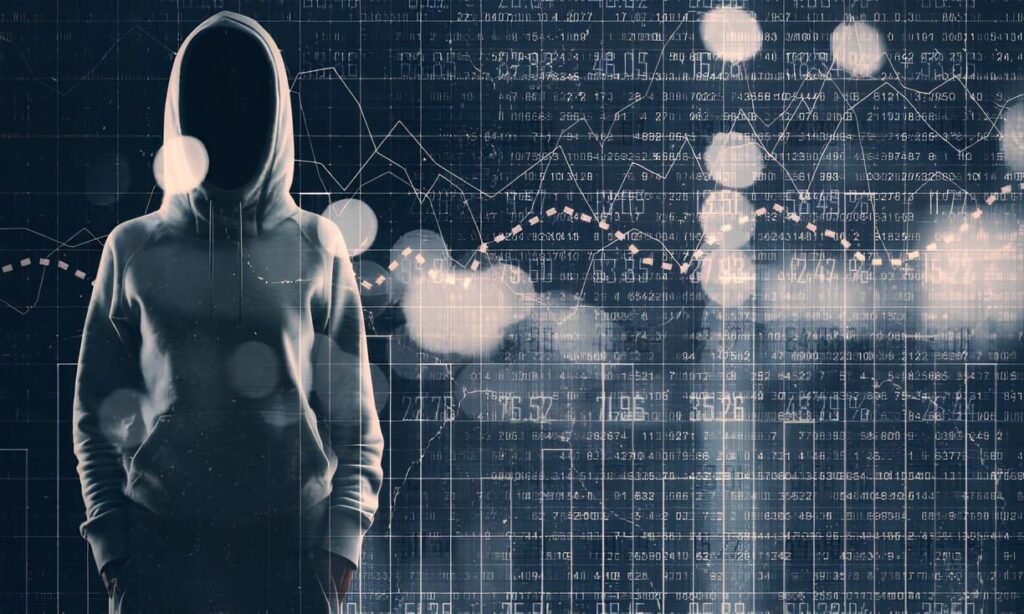The Long-Term Value of Anonymity in Oppressive Regimes
In a remote village cloaked beneath the weight of surveillance and repression, a quiet whisper could mean the difference between freedom and a life behind bars. For countless individuals living under oppressive regimes, anonymity is not merely a luxury—it is a lifeline. Across decades, the ability to remain unseen, unheard, and untraceable has empowered dissenters, journalists, and everyday citizens to speak truth to power, expose corruption, and preserve hope.
How does anonymity endure and transform under the relentless gaze of authoritarianism? And why does it continue to hold immeasurable value even when the odds seem overwhelmingly against those who seek it? This article takes you beyond the headlines, unravelling the deep, multifaceted significance of anonymity in the fight for human dignity and justice.
In This Article
The Political Necessity of Anonymity
In societies where speaking openly can lead to imprisonment, torture, or worse, anonymity functions as a shield and a weapon. Without credible means of hiding their identities, whistleblowers, activists, and journalists often face grave consequences merely for sharing facts or opinions that challenge the status quo.
Take the example of dissidents in the former Soviet Union. Samizdat—the secret copying and distribution of banned literature—relied heavily on anonymous writing and discrete networks. This underground anonymity preserved vital narratives that would otherwise have been silenced by state censorship.
Countries under authoritarian rule today continue this tradition. Anonymous social media accounts, encrypted messaging apps, and hidden publishing platforms allow citizens to document abuses and mobilize community responses despite digital and physical surveillance.
Technology as a Double-Edged Sword
Modern technology has revolutionized the ways individuals can claim anonymity, but it has also intensified surveillance capabilities. Governments increasingly deploy sophisticated AI, facial recognition, and metadata analysis to crack down on anonymity, making it a continuous cat-and-mouse game.
State-level monitoring tools can detect seemingly innocuous behavioral patterns and connect digital footprints across multiple platforms. Yet, at the same time, privacy-centered technologies like Tor, end-to-end encrypted messaging, and decentralized publishing remain invaluable for secure anonymous communications.
For anyone interested in maximizing anonymity despite these threats, tools like Tor bridges and VPNs are essential. However, knowing the difference between configurations like Tor over VPN and VPN over Tor can make a meaningful difference in practical protection.
“In oppressive regimes, anonymity doesn’t just protect privacy—it protects lives. As surveillance grows more sophisticated, understanding the nuances of technology becomes critical for those fighting injustice in silence.” – Dr. Lena Hofstad, Cybersecurity and Privacy Researcher
Anonymity as a Tool for Resilience and Change
Over time, anonymity fosters pockets of resilience that undermine oppressive systems. By enabling free exchange of ideas, anonymous platforms cultivate dissent and solidarity among marginalized groups.
Anonymous leaks have exposed corruption, human rights abuses, and abuses of power throughout history—from the Pentagon Papers in the 1970s to modern whistleblowers revealing government surveillance programs. These acts of hidden courage can force long-term reforms and international pressure, even when direct protest is suppressed.
Moreover, anonymity allows people to craft digital pseudonyms that serve specific social or political purposes without risking real-world identities. If a pseudonym is compromised, it can be retired without jeopardizing personal safety. This dynamic aligns with best practices like those discussed in pseudonym creation: separating personas effectively.
Challenges and Risks of Anonymity
While anonymity is powerful, it comes with its own set of challenges. Maintaining it over the long-term demands constant vigilance to prevent accidental leaks.
Oppressive regimes often conduct deep surveillance using techniques like metadata correlation, device fingerprinting, and social engineering to unmask anonymous individuals. Simple mistakes—reusing a pseudonym, linking a real email, or exposing metadata inside a shared file—can unravel years of careful protection.
At times, coordinated harassment campaigns and infiltration of anonymous groups aim to sow distrust and identify members. This threat makes anonymity a fragile resource that requires smart, layered security strategies.
Overconfidence in anonymity tools can be dangerous. No technology is foolproof, and user error remains the leading cause of exposure—always assume adversaries are one step ahead.
Strategies for Sustaining Anonymity Over Time
Sustained anonymity blends good digital hygiene with adaptive tactics. A multi-layered defense minimizes risks and increases long-term resilience.
- Compartmentalization: Separate digital personas physically and virtually to prevent accidental crossover.
- Regular identity rotation: Retire aliases before patterns emerge that can link back to you.
- Data sanitation: Always remove metadata from shared files using tools like mat2 or ExifTool, which strip hidden location and device details.
- Use secure, ephemeral operating systems: Booting from privacy-focused live USBs such as Tails or Whonix reduces persistent digital footprints.
- Encrypt all sensitive communications and files: Layer encrypted workflows with tools designed for anonymity, like building encrypted chat workflows, to prevent interception.
Learning how to maintain your OPSEC consistently is itself a practice honed over time. Resources on good data hygiene across devices can deepen your understanding and effectiveness.
The Future of Anonymity in an Increasingly Surveilled World
As digital surveillance technologies evolve, so must anonymity practices. The rise of AI-powered deanonymization presents new threats, but also opportunities to develop smarter tools.
Decentralized identity frameworks and blockchain-based privacy solutions hint at a future where anonymity does not rely on centralized gatekeepers—reducing the risks of compromise and censorship.
However, broader social awareness and education remain critical. Understanding privacy risks and adopting safer habits can empower more people to safely exercise free expression in hostile environments.
Stay informed about evolving privacy tools and surveillance techniques. Trusted sources and ongoing learning make the difference between vulnerability and long-term anonymity.
Ultimately, in oppressive environments, anonymity is more than just a security measure—it is a form of empowerment. It provides a quiet space to nurture ideas, challenge injustice, and sustain hope across generations. As regimes grow more intrusive, the value of maintaining anonymity long-term only grows more precious.



